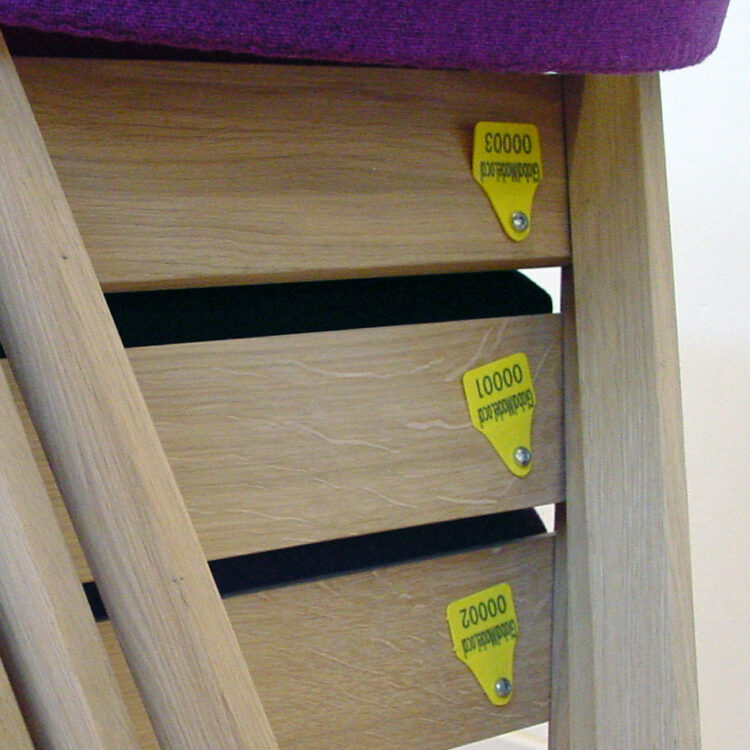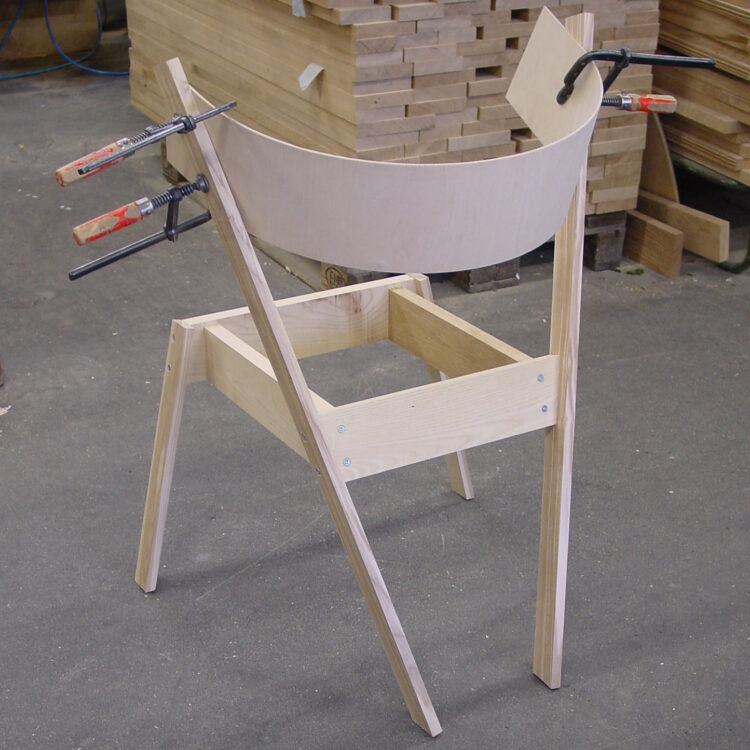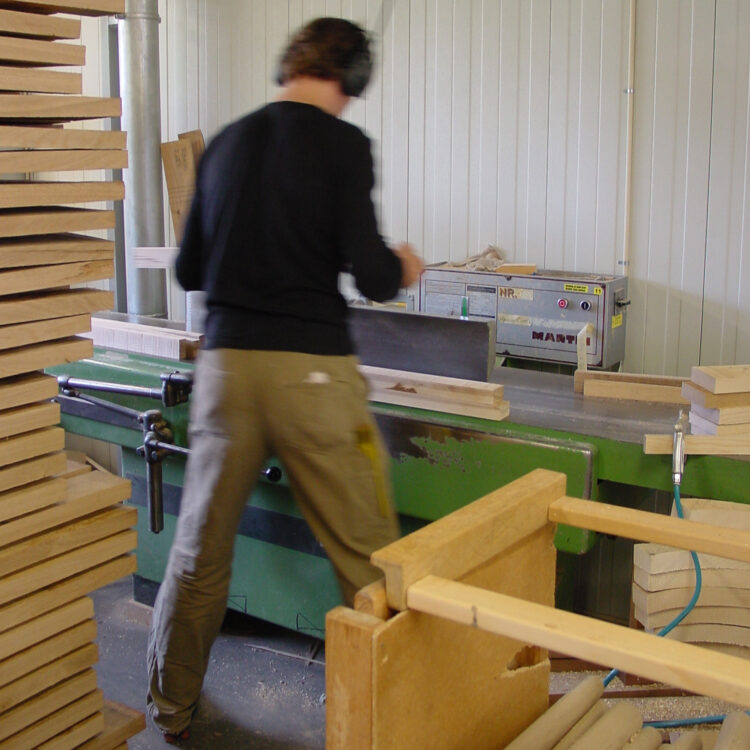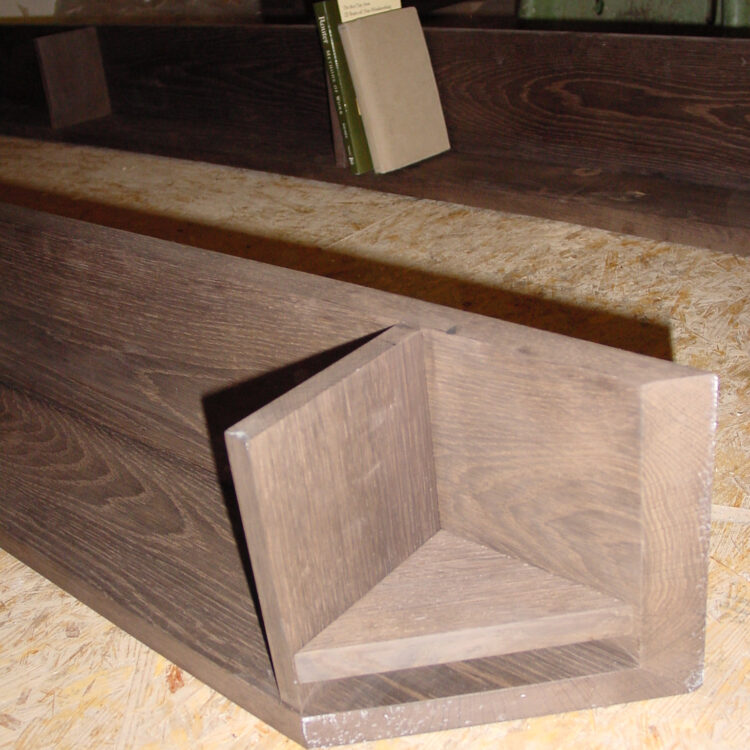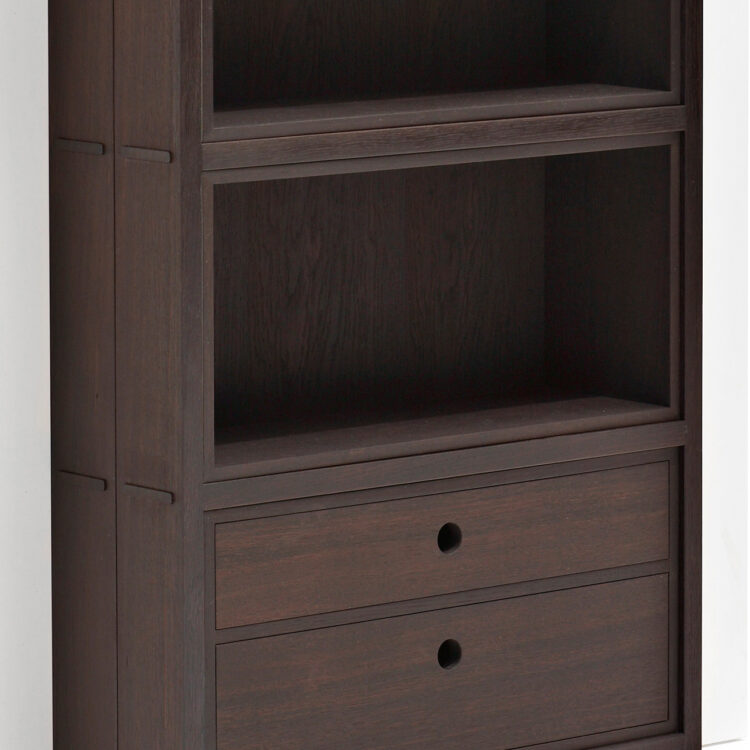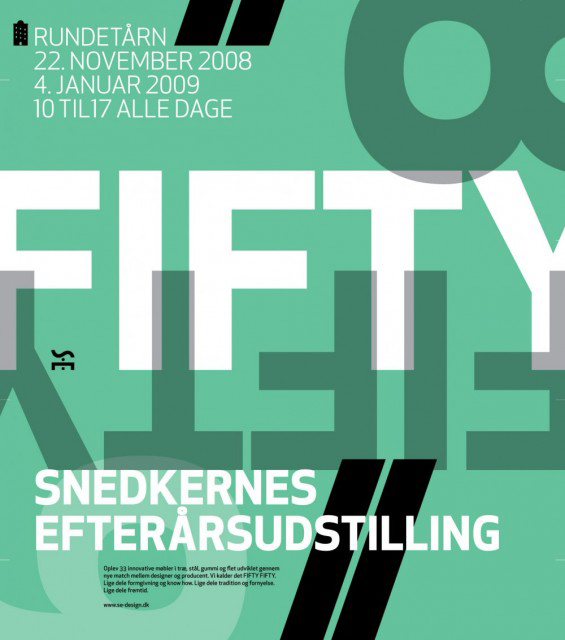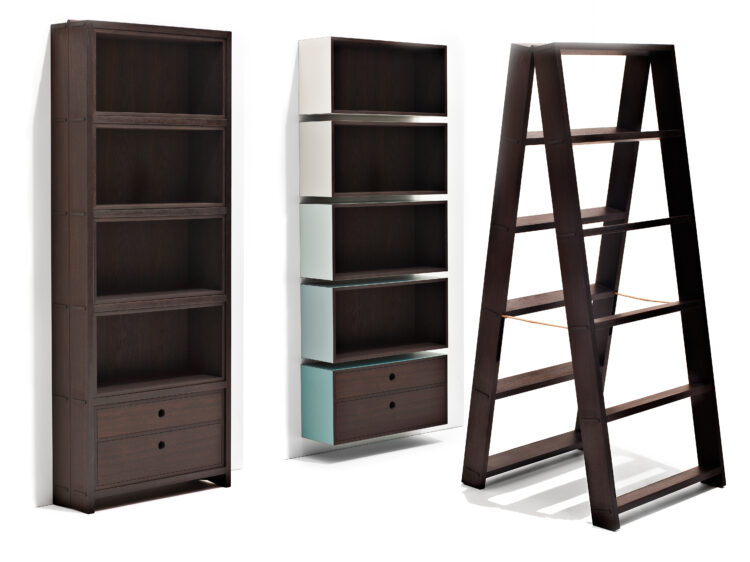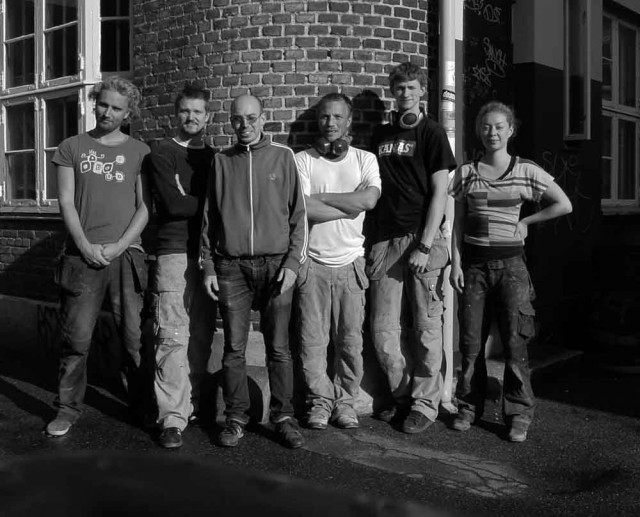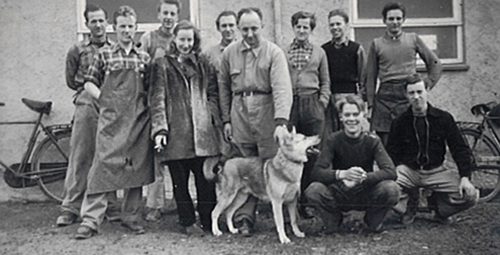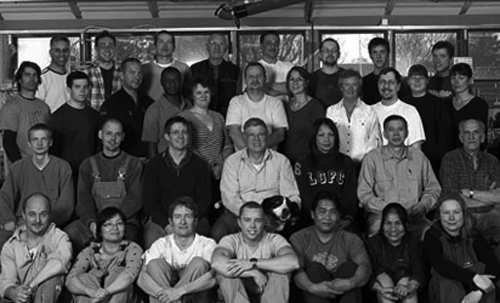About Global Made Local – a global furniture collection shared and made by local independent cabinetmakers
Concept in progress: Jeremy Walton and PP Møbler
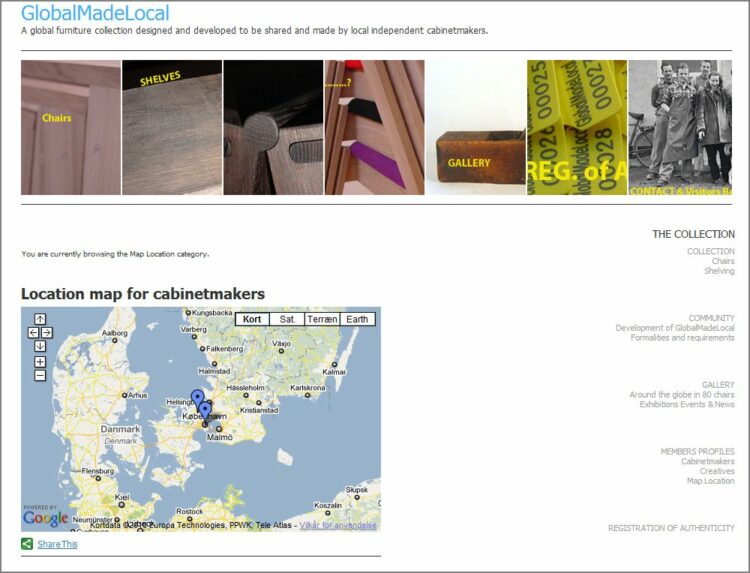
GlobalMade Local is a proposal presented at the SE 2008 Exhibition in Copenhagen. The ideology while generally considered as too ideological in 2008 is still in progress, slowly, Maybe one day, i’ll pick it up again. If you like the idea of it, or would like to be a part of it, get in touch for further information.
What is GlobalMadeLocal?
GlobalMadeLocal is a proposal for a global furniture collection that is made locally. It is a community of cabinetmakers (and designers) that share design knowledge to form a global collection of furniture pieces. The GlobalMadeLocal Collection stems from the collaboration of designers and cabinetmakers from all over the world. The final production of each piece is made locally to the customer who is commissioning the piece, irrespective of where the piece was originally developed.
The GlobalMadeLocal idea came about through the 2008 theme for SE (The Danish Cabinetmakers Autumn exhibition). The theme for the 2008 exhibition was to partner designers together with producers from the outset. This was done by drawing names out of a hat. The exhibition theme was named 50/50, exactly how the members of SE interpreted the theme was up to each pair.
PP Møbler and Jeremy Walton were paired together. The result is not a single piece of furniture, but a common ground, a combination of both parties, 50/50. The result GlobalMadeLocal.
I worked together with PP Møbler the previous year and have for a long time greatly admired their world renowned ‘collection of unavailable furniture’ built up over half a century. Having already worked on a forward thinking and responsible armchair, (see Danse floor for the homed) that has since been added to PP’s ‘Collection of unavailable furniture’, this year I didn’t feel the need to repeat the accomplishment.
PP Møbler has always given time to exploration. In my view these explorations are not only about quality of materials and craftsmanship, but also the ideas of the different artists in relation to the period of time. So it was no surprise to find PP Møbler being positive about looking at the whole process, the way both the cabinetmakers and designers work together. Today there is more creativity and ideas than there is need or opportunity to tool up and put single ideas into large scale production. The idea behind GML was to allow ideas to become a Collection of Available single unit production furniture available locally.
The basis of GlobalMadeLocal is to design furniture that does not need to be selective and reliant on tooling investment. Furniture that can be picked up and made one for one. In that sense why does it need to be restricted to being made in the same place and reserved and protected by one producer?
It is hoped that the concept can work, expand and develop. Yet for the time being GlobalMadeLocal is just a proposal, a response to the theme for the purpose of the SE exhibition taking place in November 2008. It is an example of a different set of parameters and some examples of inspiration created through a response to the new parameters.
If it goes further beyond the exhibition, that will be dependant upon further funding, interest and the commitment of other designers and cabinet makers to adopt the parameters and the willingness to share.
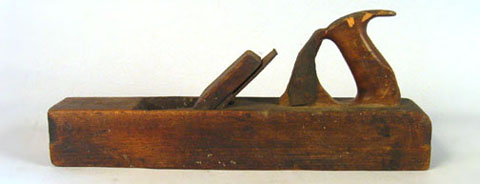
Development of design Knowledge.
Members, both designers and cabinetmakers work together to develop the design knowledge. There after, the cabinetmakers share the production knowledge so that each cabinetmaker can market a large global collection of furniture and supply it direct to their locality.
It connects people and increases awareness of local cabinetmakers. It offers an alternative way of thinking and a challenge for designers and cabinetmakers. It frees designers of the selective production process, creating an open creative opportunity and more choice for customers. The customers choose what is made. It also avoids the transportation of furniture around the globe and more importantly helps prevent cabinetmakers from getting tennis elbow.

Registration of authenticity.
Each commissioned piece is registered and given an authenticity number that is attached to the piece. The individual authenticity number can be used to reference the information of the individual piece, who originally developed it, where it was commissioned and who commissioned it and when.
The registration of each piece of furniture includes a payment contribution that tracts back to the original developers of the piece. There is a fee structure of G = Grand, L = Large and M = Medium. Both Medium and Large are fixed prices while Grand is variable. The registration fee is additional to the price of commissioning the piece and is paid by the cabinetmaker.
The first tags 01 to 50 use sequential numbers printing on ear tags, commonly used for the registration of cattle. The type of tags used might change periodically but the number sequence will continue.
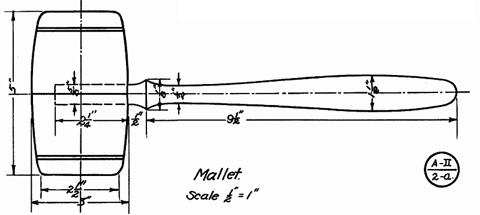
Membership.
To become a member one must develop at least one piece for inclusion in the collection. All members can make any of the pieces in the collection. The collection is an open book and is not subject to any limitations or selection panel. Members decide their own criteria for each piece. GlobalmadeLocal aims to encourage and celebrate diversity rather than similarity.
While the creative person may be professional or amateur, the cabinetmaker needs to show suitable qualification as a cabinetmaker to be approved as a member. The creative person just needs to convince a cabinetmaker to work with them. Which is easier said than done.

Active Cabinetmakers.
Cabinet makers are responsible for how active they are in promoting the collection in their own locality (posters in libraries and articles in local newspapers, etc). Downloadable pdf promotion packs and support is all part of the ongoing discussion within the GlobalMadeLocal community. Some cabinet makers such as larger factories may not wish to be so active in taking commissions, but still be interested in developing pieces for the collection. All sale and service takes place between the person commissioning the piece and their local cabinet maker.
The Collection.
The expanding collection stands as an inspiring assemblage of the freedom of creativity, skill and craftsmanship. All of which can be commissioned should a piece demand it.
The Gallery.
Showcasing and presenting furniture based on themes or projects. Highlighting exhibitions and events in relation to the GlobalMadeLocal way of sharing.
The Community.
Information mainly aimed at members for debate and discussion about the workings of GlobalMadeLocal, cabinetmaking and wood etc. Furniture experiments should not be resigned to be prototypes, they should be available locally and for the people to have the choice of what is made.
- Materials: Centers around wood
- Production / Technique: Carpentry, single unit production without tooling investment.
- Dissemination: Dissemination: Rundetårn, 2008: ‘Global Made Local’. SE-Fifty Fifty. Copenhagen
